Commercial photography is an avenue many people think of when considering photography as a career. The steady payslip and indoor working conditions are a lure to anyone, but studio lighting and a tight work schedule can be the undoing of any great worker.
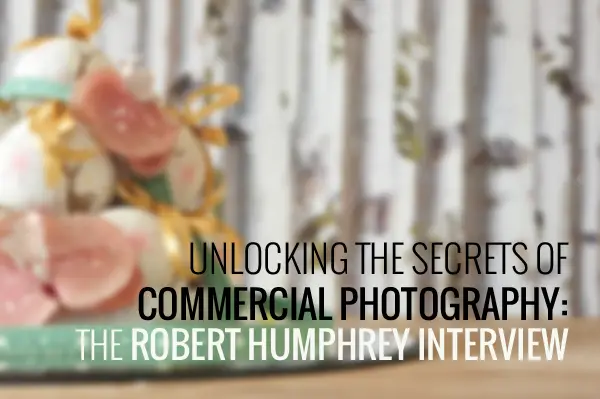
Robert Humphreys is the photographer for Country Baskets, and here he talks about what it’s like to be a commercial photographer.
How did you get into photography? (What made you get your first camera, if you did any courses at school/college/university?)
I first got into photography when I was about 12. We had a darkroom at our school so I used to spend one day a week messing around in there. I think the magic of watching an image appear on a blank piece of paper as I swirled it around some chemicals is what made me purchase my first camera; A Pentax p30… I think. From there I went on to complete a BTEC in photography and then a degree at Falmouth. This is where I was introduced to the world of digital photography.
What’s your favorite kind of photography?
I’ve always enjoyed capturing moments (although that sounds a little cheesy) or discovering random oddities with a landscape that catch my eye. So I guess documentary style photography would be my favourite. I’ve always been influenced by photographers such as William Eggleston and Mark Power, who can both create extraordinary images in rather ordinary locations.
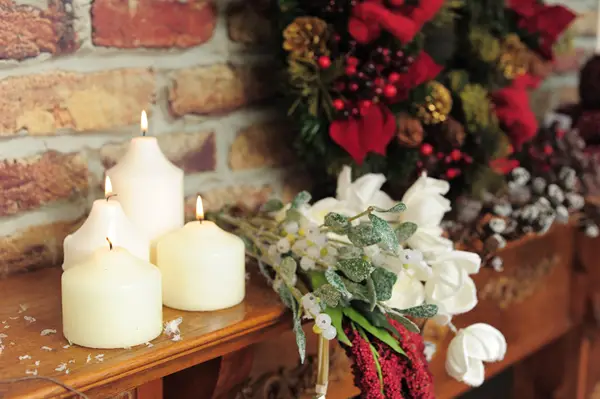
What equipment do you use for studio/outdoor shots?
I shoot with a Nikon D700. The lens I use most is a 70-210mm which I try and use at the longest focal length possible to avoid getting any barrel distortion. I have a pair of Elinchrom RX one flash heads fitted with soft boxes to create a nice evenly diffused light. Although when I’m doing the more creative/inspirational pics I like to use natural light where possible.
How did you get into shooting for Country Baskets?
Through a friend of a friend. This is often how it goes in the photography business.
Product photography obviously presents different challenges to landscape or sports, especially with lighting. What do you do to ensure your product shots come out as good as possible?
I photograph I huge variety of different products, each of which requires a different lighting/camera set up. I find the best way to consistently produce the best images is to spend an hour or so experimenting with the lighting and camera settings, and make notes on which settings works best with each type of product. This can then be used as a reference in the future. For example: make a note of the position of the lights and their angle in relation to the product.
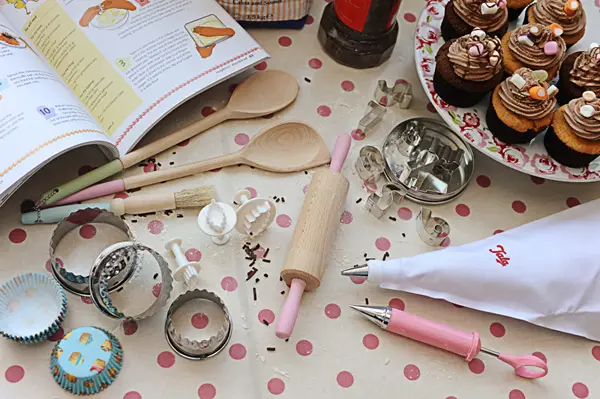
How much post-production is used and how much is done in-camera?
I would say it’s about a 50-50 split, although it varies from product to product. Some products need cutting out (which is quite time consuming) whereas others just need minor adjustment in brightness/contrast and sharpening etc.
What does an average day in the life of a product photographer consist of? (Workflow, how many shots in a day, how many finished images in a day etc.)
The majority of my time is spent locating and photographing single products, as well as cleaning up the images and renaming the files with the product code; however throughout the week I will often be given different projects, such as creating inspirational images using a range of products, to be used in an eshot or magazine advert. If I spent a full day photographing single images, I could probably get through between 70-100 depending on the product. I generally spend the Friday cleaning up all of the single product shots I had done that week, which is usually between 250 and 300.
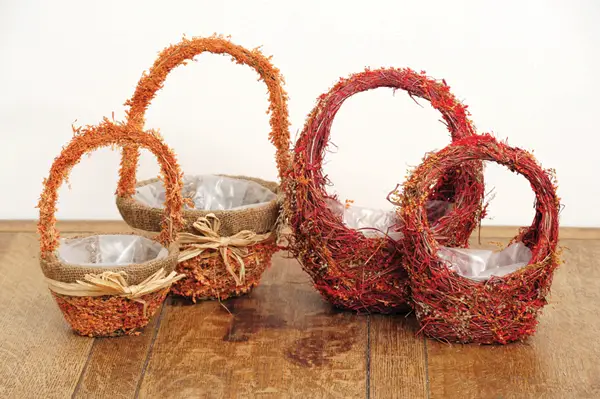
Do you work with an assistant or is it done entirely by you?
I do all the photography unassisted; however I do sometimes work with stylists and florists who create arrangements, room sets and lifestyle scenes for me to photograph.
Glass can be a troublesome material to deal with when photographing – have you got any tips for making sure there are no reflections or imperfections that could come up during shooting?
I find that the best way to shoot glass is to direct both of my flash heads at the backdrop directly behind the glass. This eliminates any unwanted reflections. I then place two large pieces of black card on either side of the glass object. This helps to define the edges and make the glass stand out against the white background. This technique does however highlight any blemishes or fingerprints on the glass so it is important to clean the glass thoroughly before shooting.
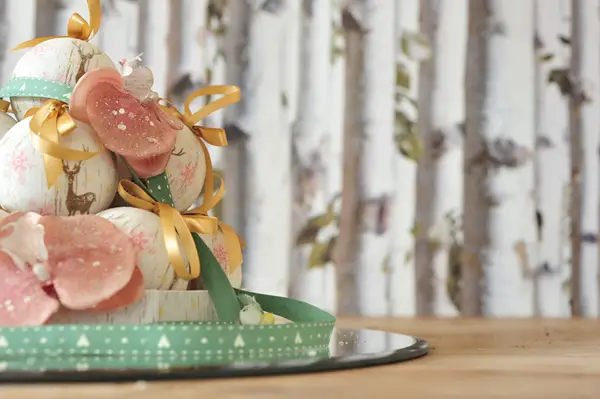
Have you got any tips for budding photographers?
I guess the most important this is to enjoy it (again a little cheesy). If you find you’re getting a bit bored, try changing things around a bit, either the subject, your equipment or the way you shoot. I recently started experimenting with shooting from the hip, which can make for some great pics. Don’t be afraid to go outside your comfort zone!
Have you had any problems when shooting in studio lighting? How did you overcome them? Leave us your thoughts in the comments section below!
Author Bio: Robert Humphreys is a commercial photographer who works for Country Baskets. You can see more of his work here.









0 comments